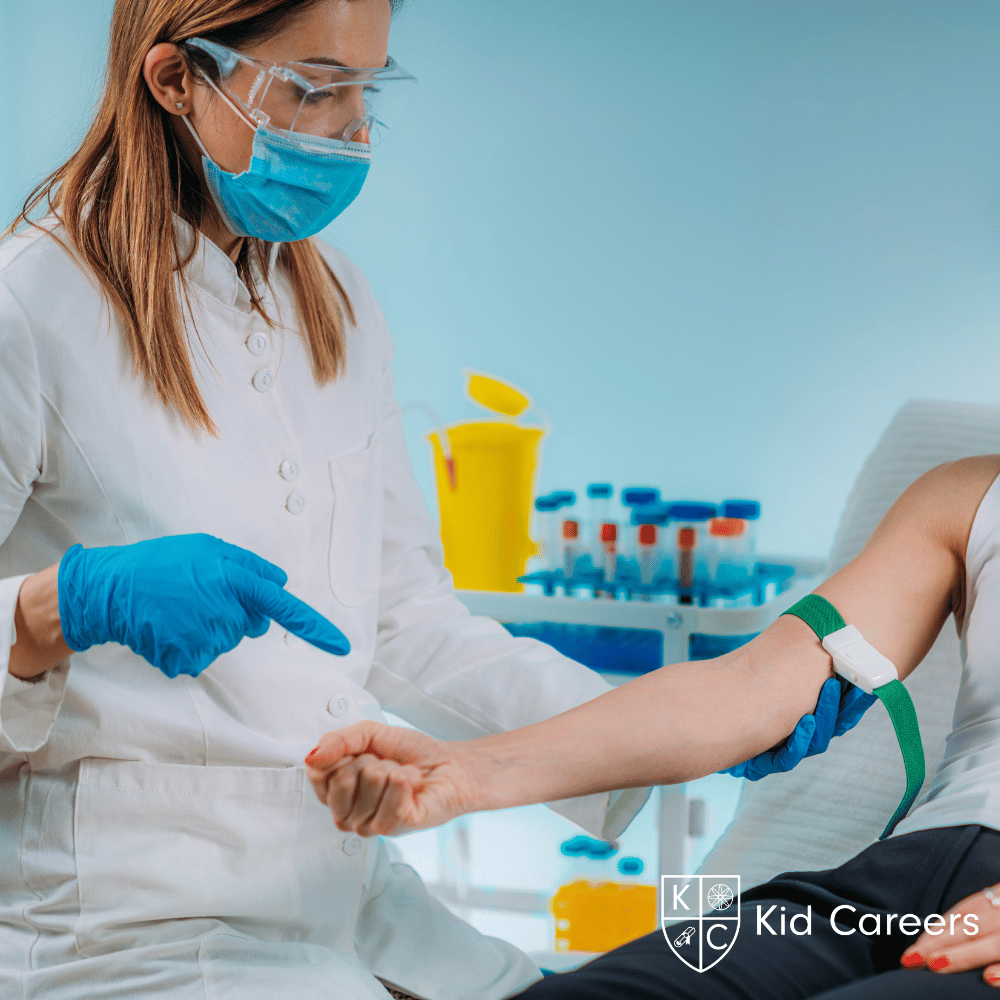Phlebotomists are healthcare workers who collect blood from patients to help doctors understand what might be wrong with their health. They work in hospitals, clinics, and labs, and their job is to make sure blood is collected safely and correctly for tests. These tests help doctors figure what makes someone sick and keep track of their health.
Getting Started:
To become a phlebotomist, people need to complete a training program. These programs teach how to draw blood and take care of patients. After finishing the program, phlebotomists may need to take a test to become certified. Some people also learn on the job or at community colleges.
A Day as a Phlebotomist:
Phlebotomists spend their day taking blood from patients. They talk to patients to help them feel calm and explain why they need to collect the blood. They carefully use needles to take a small amount of blood, which is sent to the lab for testing. Phlebotomists also make sure the blood samples are labeled correctly.
What They Know:
Phlebotomists know a lot about the human body, especially the circulatory system (that’s what moves blood through the body). They understand how to collect blood safely and what the different tests are for. They also know how to take care of patients so they are comfortable during the blood draw.
Their Skills:
Phlebotomists are good at making patients feel comfortable and safe. They are very careful when using needles and know how to handle blood samples. They also have great attention to detail.
Their Abilities:
Phlebotomists are good at communicating with patients, explaining the process so they know what to expect. They also work quickly and efficiently, taking blood samples without hurting people too much. They stay calm, even when working with patients who might be nervous.
What They Make:
Phlebotomists usually make around $35,000 a year. They play an important role in healthcare by helping doctors get the blood samples they need to understand a patient’s health and provide the best care.


